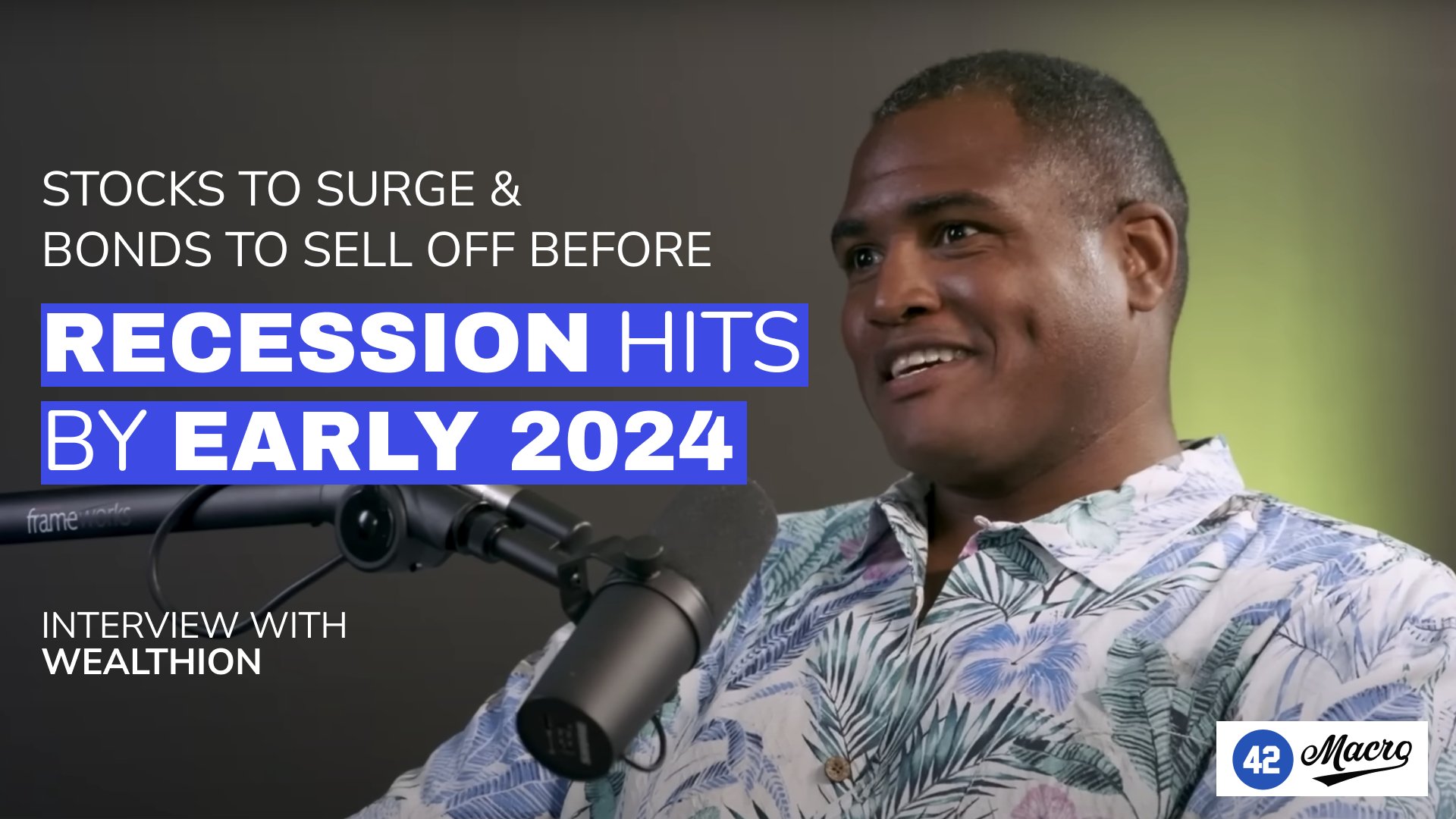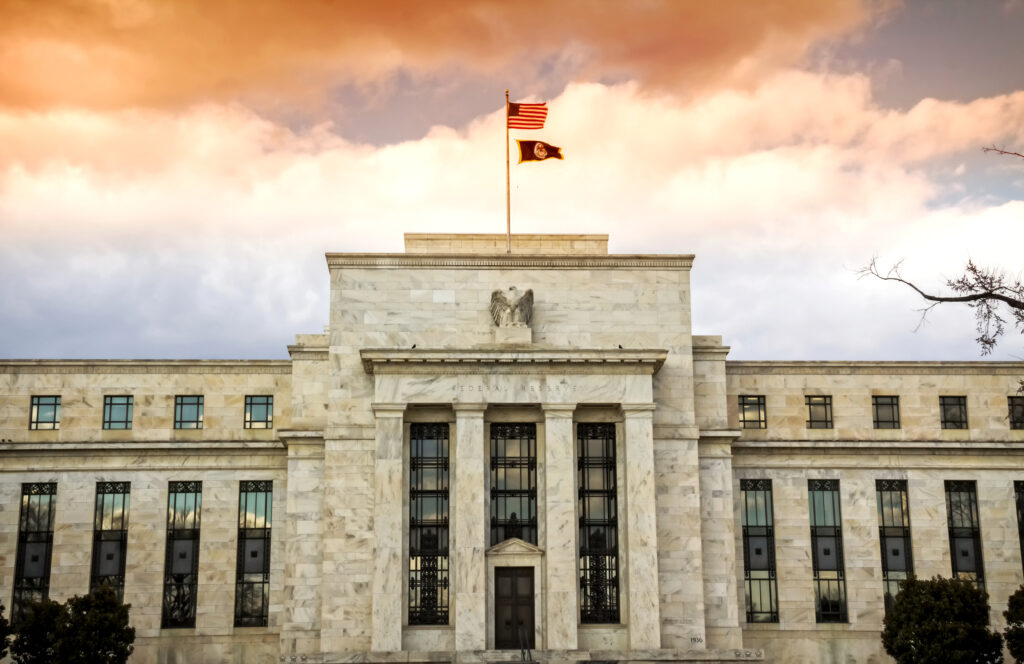Darius sat down with Adam Taggart, founder and CEO of Wealthion, last week to discuss inflation, the labor market, the probability of a recession, and much more.
If you missed the interview, here are three takeaways from the conversation that have significant implications for your portfolio:
1. A Resilient US economy Leads to A Resilient Labor Market
The labor market has remained relatively resilient:
- The Private sector employment experienced a three-month annualized growth rate of 2.3% for August.
- Private sector wages are growing at a three-month annualized rate of 3.9%.
- Private sector labor income is growing at a three-month annualized rate of 6.2% and is above its pre-covid trend.
Labor market conditions are likely to remain robust until the spring of next year.
2. “Immaculate Disinflation” Will Give Way To “Sticky Inflation” In The Coming Months
We believe the Immaculate Disinflation that has occurred will likely run out in the coming months. Historically, the US economy has always required a recession to bring inflation back to a below-trend level.
Our HOPE+I framework looks at how unique baskets of indicators representing the housing, orders, production/profits, employment, and inflation cycles have historically behaved around recessions.
The framework shows that inflation typically breaks down 6 – 8 months after a recession starts.
There is no historical evidence to anticipate anything other than inflation exhibiting a similar pattern in this business cycle.
3. The Spread Between Labor Demand And Labor Supply Will Likely Remain Positive For Several Quarters
The most recent US Total Labor Force SA reading was 168 million people – a value below its 2009 to 2019 trendline.
Conversely, Gross Domestic Income recovered its trendline approximately two years ago and remains above it.
Looking at the spread between labor demand and labor supply, we found that labor demand outpaces labor supply by approximately 2.5 million workers.
This spread will likely take a few quarters to return to zero and has sticky implications for workers’ bargaining power for their wages because the spread has historically been correlated to the annual change in the Private Sector Employment Cost Index.
That’s a wrap!
If you found this blog post helpful:
- Go to www.42macro.com to unlock actionable, hedge-fund-caliber investment insights.
- RT this thread and follow @DariusDale42 and @42Macro.
- Have a great day!


